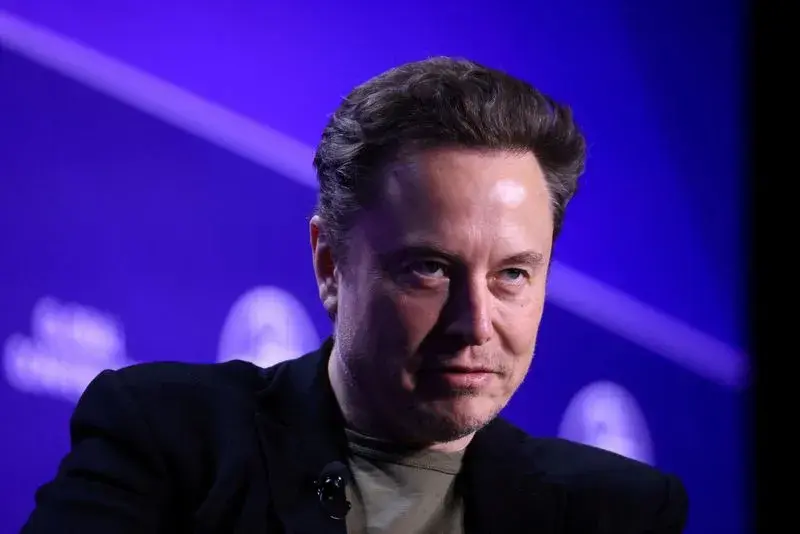Some highlights I found interesting:
After Tinucci had cut between 15% and 20% of staffers two weeks earlier, part of much wider layoffs, they believed Musk would affirm plans for a massive charging-network expansion.
Musk, the employees said, was not pleased with Tinucci’s presentation and wanted more layoffs. When she balked, saying deeper cuts would undermine charging-business fundamentals, he responded by firing her and her entire 500-member team.
The departures have upended a network widely viewed as a signature Tesla achievement and a key driver of its EV sales.
Despite the mass firings, Musk has since posted on social media promising to continue expanding the network. But three former charging-team employees told Reuters they have been fielding calls from vendors, contractors and electric utilities, some of which had spent millions of dollars on equipment and infrastructure to help build out Tesla’s network.
Tesla’s energy team, which sells solar and battery-storage products for homes and businesses, was tasked with taking over Superchargers and calling some partners to close out ongoing charger-construction projects, said three of the former Tesla employees.
Tinucci was one of few high-ranking female Tesla executives. She recently started reporting directly to Musk, following the departure of battery-and-energy chief Drew Baglino, according to four former Supercharger-team staffers. They said Baglino had historically overseen the charging department without much involvement from Musk.
Two former Supercharger staffers called the $500 million expansion budget a significant reduction from what the team had planned for 2024 - but nonetheless a challenge requiring hundreds of employees.
Three of the former employees called the firings a major setback to U.S. charging expansion because of the relationships Tesla employees had built with suppliers and electric utilities.



FYI: EV makers adopted Tesla’s chargers a while ago. Fuck Musk. He strongarmed everyone and then threw it in the trash.
https://www.cnet.com/roadshow/news/tesla-charging-standard-sweeps-across-evs-heres-when-the-switch-will-happen/
NACS is just the standard CCS protocol shoved in the objectively better Tesla plug, and part of making it a standard is the requirement of opening the design for everyone to use. So while the plug is from Tesla, they actually were the ones that switched to the CCS protocol first and dropped their own proprietary system, which is how they were able to open the Supercharger network to other cars in the first place.
And that’s also why NACS is backwards compatible with all current EV chargers that already exist with a simple adapter - either by the driver, or by swapping the cable.
Fortunately the NACS has be standardized under the SAE as J3400, so companies should not have to rely on Tesla for development or implementation anymore.